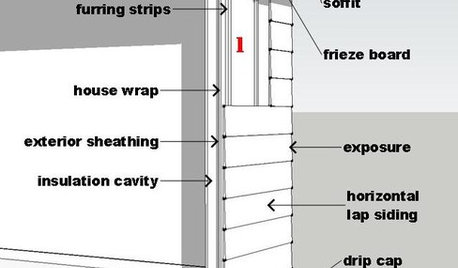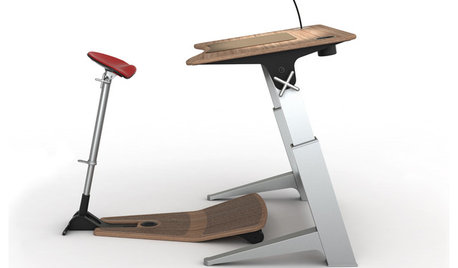Induction and health issues
jane__ny
11 years ago
Featured Answer
Sort by:Oldest
Comments (17)
chac_mool
11 years agolast modified: 9 years agoCavimum
11 years agolast modified: 9 years agoRelated Professionals
Bloomington Kitchen & Bathroom Designers · Hanover Township Kitchen & Bathroom Remodelers · Honolulu Kitchen & Bathroom Remodelers · Jefferson Hills Kitchen & Bathroom Remodelers · Lyons Kitchen & Bathroom Remodelers · Mooresville Kitchen & Bathroom Remodelers · Payson Kitchen & Bathroom Remodelers · Rancho Palos Verdes Kitchen & Bathroom Remodelers · Plant City Kitchen & Bathroom Remodelers · Hawthorne Kitchen & Bathroom Remodelers · Langley Park Cabinets & Cabinetry · Bonita Cabinets & Cabinetry · Effingham Cabinets & Cabinetry · Wyckoff Cabinets & Cabinetry · Miller Place Plumberslalithar
11 years agolast modified: 9 years agosara_the_brit_z6_ct
11 years agolast modified: 9 years agojwvideo
11 years agolast modified: 9 years agojwvideo
11 years agolast modified: 9 years agochac_mool
11 years agolast modified: 9 years agojwvideo
11 years agolast modified: 9 years agocooksnsews
11 years agolast modified: 9 years agojwvideo
11 years agolast modified: 9 years agoCavimum
11 years agolast modified: 9 years agokaseki
11 years agolast modified: 9 years agojwvideo
11 years agolast modified: 9 years agojakvis
11 years agolast modified: 9 years agojwvideo
11 years agolast modified: 9 years agosara_the_brit_z6_ct
11 years agolast modified: 9 years ago
Related Stories

THE ART OF ARCHITECTUREArchitect's Toolbox: Rain Screens Up House Health
To thwart unwanted moisture and poor air quality in your home, think rain screens and drainage planes
Full Story
HOME OFFICESStand-Up Desks Rise to Health Challenges
Sitting all day may be wrecking your health. Are you going to stand for that?
Full Story
FEEL-GOOD HOMEHow to Treat Your Home to a January Health Kick
Your house is an extension of you, so give it a reboot this month to ensure that it’s fit, happy and ready for the year ahead
Full Story
HEALTHY HOMEHow to Keep Water Vapor From Ruining Your House and Your Health
We help you find out when it’s happening, what it means and how to fix it
Full Story
Motifs: A Month of Mustache Love
Guys grow whiskers in November to raise awareness for men's health. Maybe your home should sprout some, too
Full Story
WINTER GARDENINGPruning Secrets for Exquisite Roses
Encourage gorgeous blooms year after year with this time-tested advice on how to prune your rosebush in winter for health and shape
Full Story
HEALTHY HOMEGet Your Light Right for a Healthy House
Homes that are too bright at night and too dark during the day are ruining our health. Here's what you can do
Full Story
FALL GARDENING7 Reasons Not to Clean Up Your Fall Garden
Before you pluck and rake, consider wildlife, the health of your plants and your own right to relax
Full Story
KITCHEN DESIGNEcofriendly Kitchen: Healthier Kitchen Cabinets
Earth-friendly kitchen cabinet materials and finishes offer a host of health benefits for you and the planet. Here's a rundown
Full Story
GARDENING GUIDESRocky Mountain Gardener's January Checklist
The weather outside may be frightful, but you can still maintain garden health and walkway safety
Full Story







kaseki